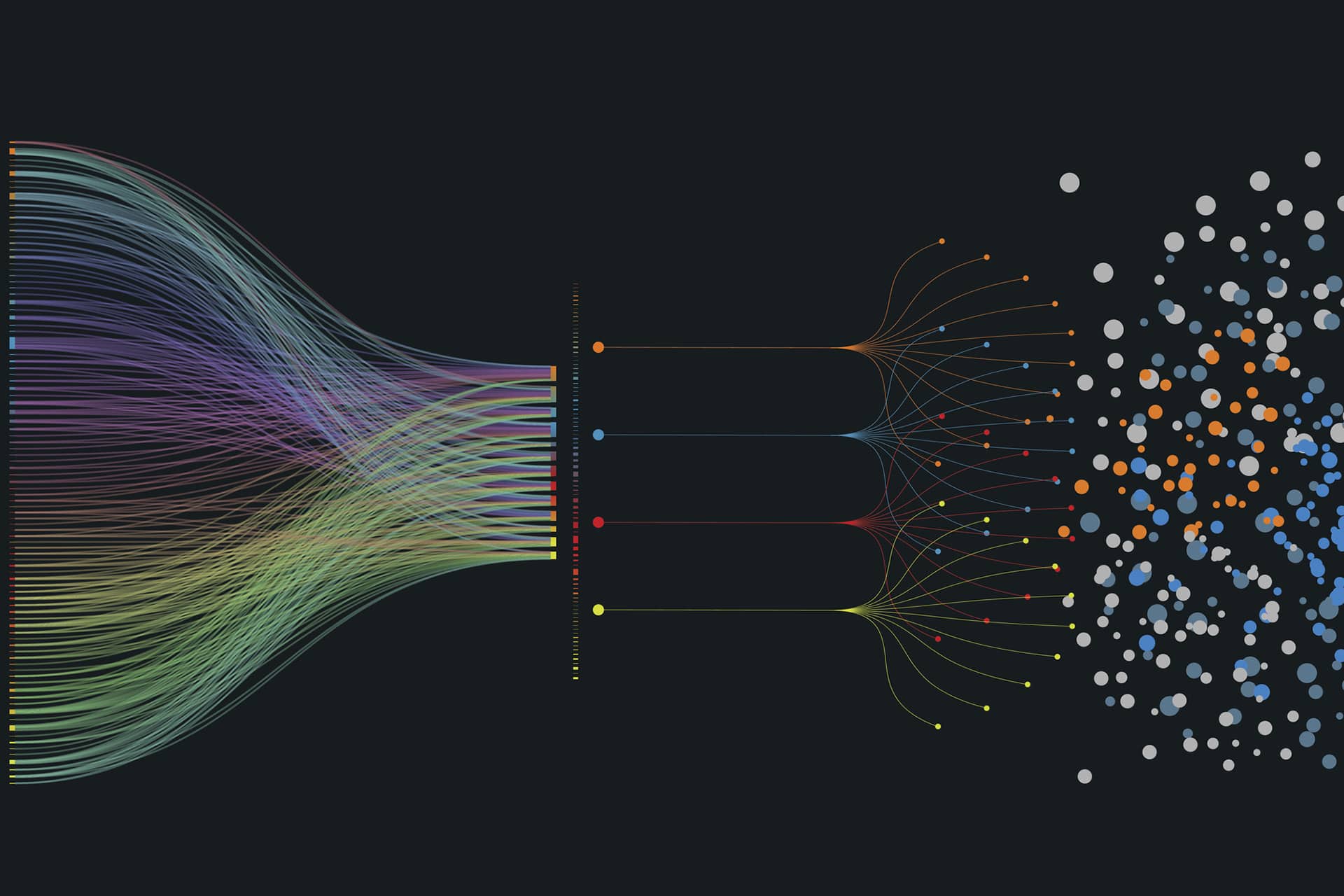Localization translation occupies an important position in translation companies, covering multiple fields such as software, websites and games. Its core goal is to adjust the content according to the cultural environment of a specific region. The purpose of game localization translation is mainly to overcome language and cultural barriers and help game products to be better promoted.
1. Specific requirements for game localization translation
The language style needs to be more lively: Game localization requires a more lively language style than ordinary translation, especially for young players. With the addition of trendy language, games can attract more players' attention, so the language in the game should be close to popular trends.
Ensure translation accuracy: In the game, the word "副本" may have different translations, such as "dungeon" or "instance". The translation must be accurate and in line with the game background. Therefore, game localization translation requires precision to ensure the correct communication of terms.
Achieve true localization: In the process of game going overseas, the key to mobilizing players' interest lies in whether it can be truly localized. The localization here not only requires that the translation of the names, equipment and props in the game should be in line with the language habits of the players to avoid making them feel obscure and difficult to understand, but also effectively mobilize the interest of the players and make the game more popular.
2. Analysis of the charging standards for game localization services
(1) The range of translation fees for different contents
Text translation:
It covers the translation of game manuals, game interfaces, dialogue subtitles, plot introductions, game menus, function operation interfaces and help documents. In terms of written translation:
Ordinary text: 250-500 yuan per thousand words for Chinese to foreign languages, 200-450 yuan per thousand words for foreign to Chinese languages.
Texts with more professional terms, specific cultural elements or creative content: 400-600 yuan per thousand words for Chinese to foreign languages, 350-550 yuan per thousand words for foreign to Chinese languages.
Audio dubbing:
Provide professional audio translation for character dialogues, sound effects, background music, etc. in the game to ensure the consistency of voice and text and enhance the player experience. This type of translation also needs to consider the cost of voice actors, recording and post-production costs, etc. The quotation will vary greatly depending on the specific requirements and market conditions.
(2) Charging method
Charging by character: Applicable to text and subtitle translation, with lower mainstream languages and higher minority languages.
Charging by duration: Applicable to time-consuming services such as audio dubbing, recording translation and localization testing.
Charging by number of items: For services that need to be processed by items, such as glossary creation, function adjustment, etc.
Charging by project: Applicable to large-scale game localization projects with special needs, and quotations are made for the translation and localization work of the entire project.
3. Advantages and quality assurance of Artlangs Translation
Since its establishment, Artlangs Translation has done a lot of localization translation, including website localization, software localization, game localization, etc. Among them, website localization includes text translation, page localization production and adjustment, testing, graphic localization, system design, art design and creativity, website upload and post-maintenance, etc.
In terms of translation quality, we have strict control measures:
(1) Quality standards: formulate standardized translation standards to ensure language accuracy, terminology consistency, and cultural fit.
(2) Multi-level review: establish a four-level quality control mechanism of initial review, review, editing and final review to ensure the accuracy of content.
(3) Feedback mechanism: establish a feedback mechanism to timely correct and optimize the translation content.
(4) Quality assessment: regularly evaluate translation quality standards and continuously improve quality management level.
At a time when the global game market is developing rapidly, we are committed to overcoming language and cultural barriers and accurately reaching global players.











